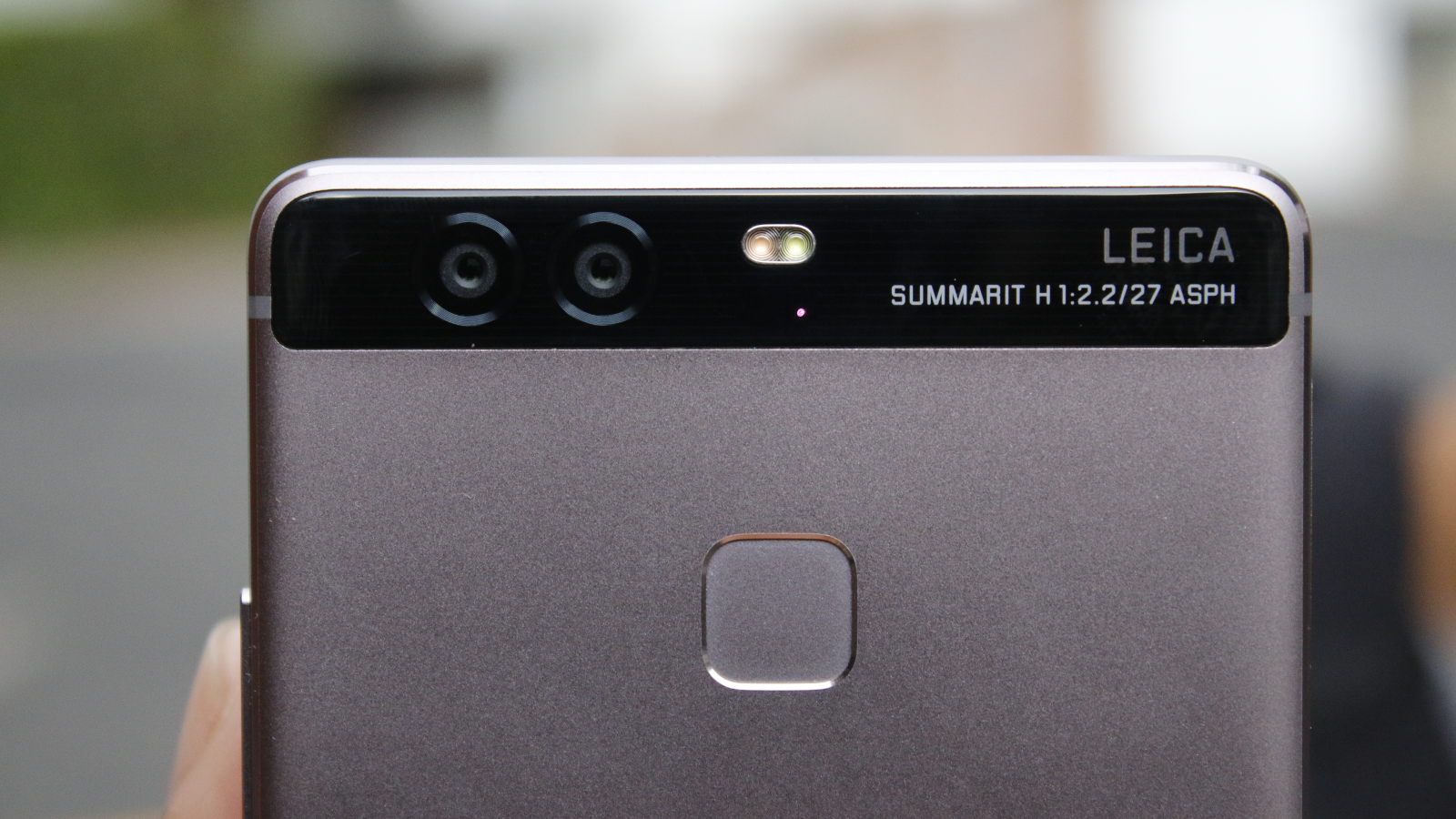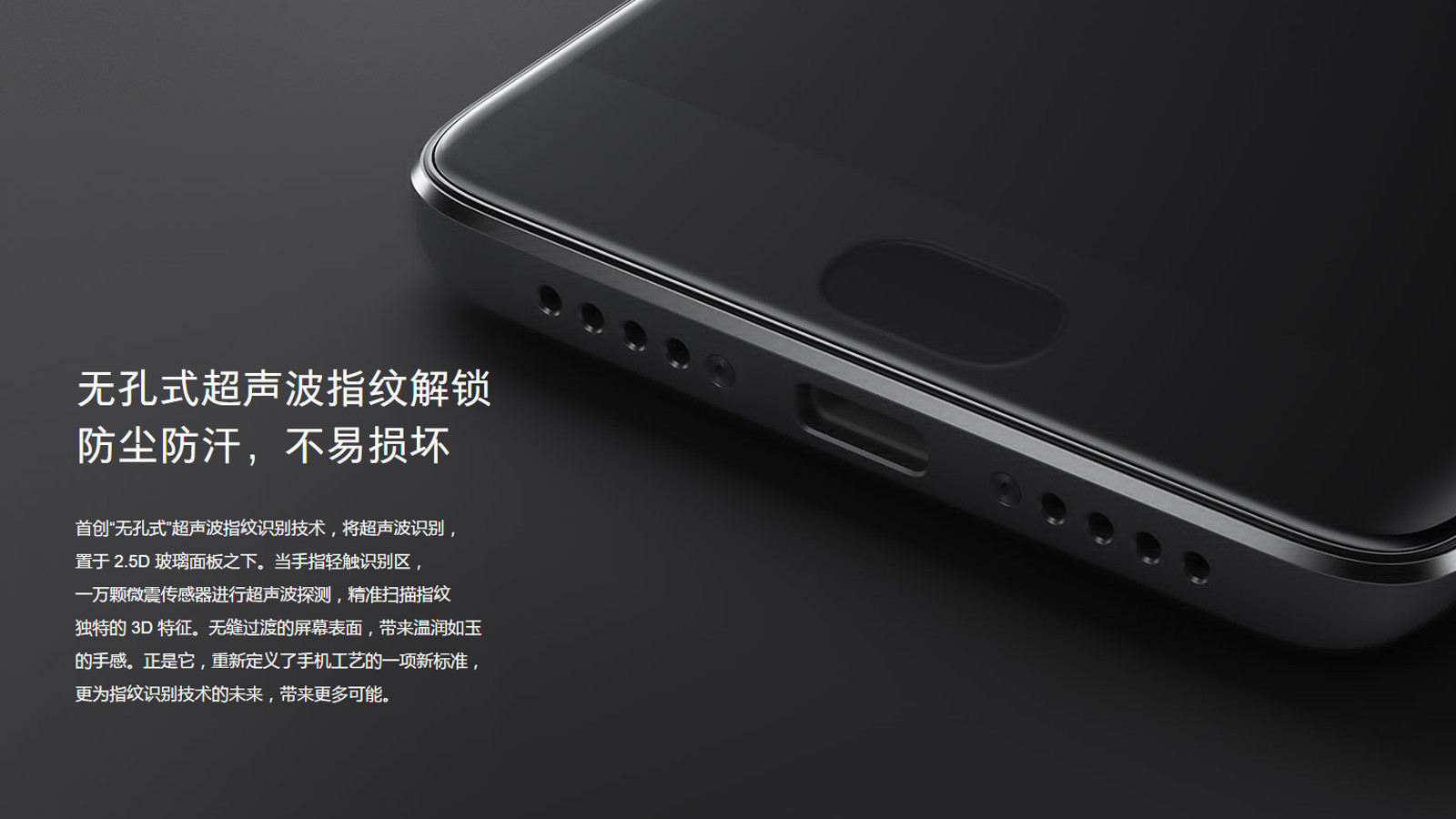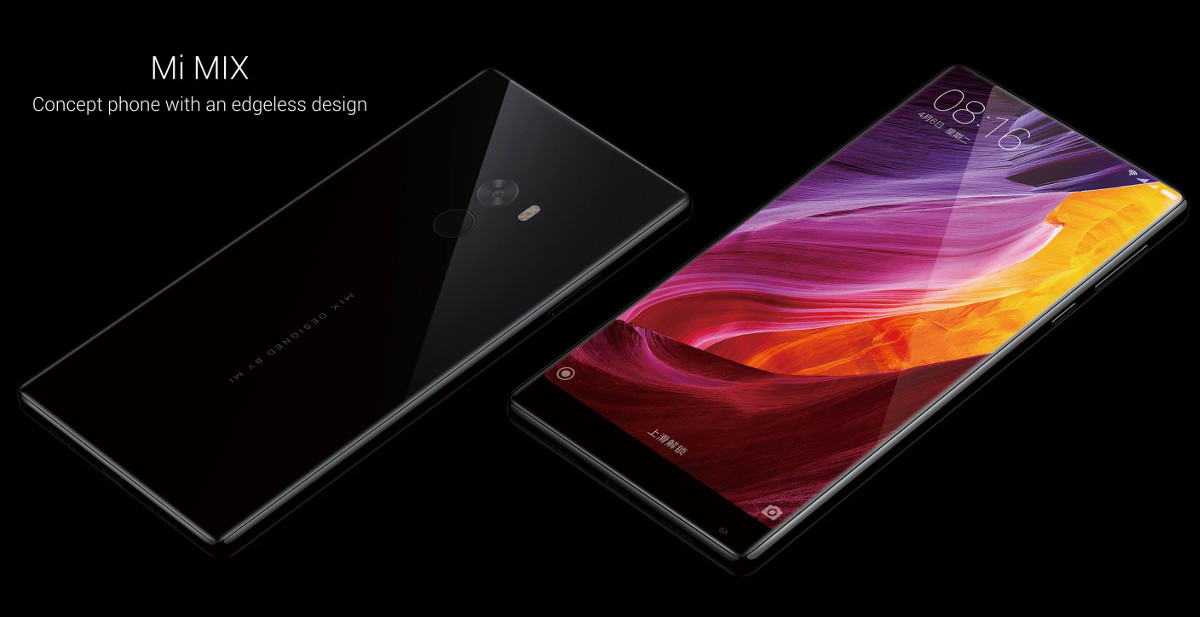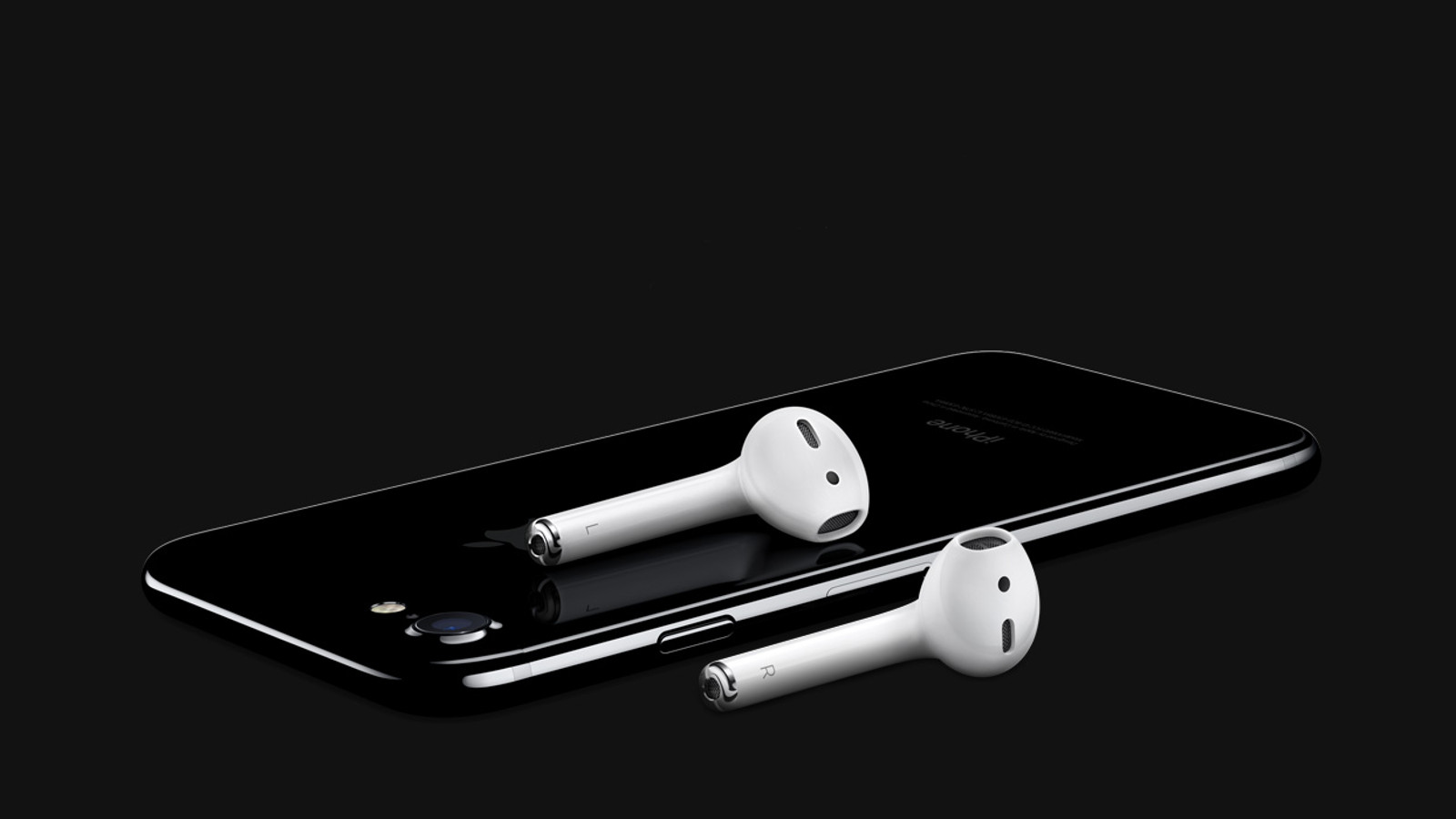SEO has entered a new era in 2026. AI tools are more powerful, users expect instant results and Google continues tightening its criteria for…
Smartphones in 2017: here’s what you can expect

The year has seen some stellar and even downright explosive smartphones being released, but the mobile industry waits for no-one though.
So what should you expect from next year’s crop of handsets though? Let’s gaze into the crystal ball and find out…
6GB RAM to be more widespread?
2016 saw 6GB of RAM become a thing and, while it might seem like overkill at first, we definitely expect more manufacturers to get in on the action.
Potential benefits of more RAM include better multitasking (do you really need 30 apps running at once though?) and smoother VR experiences (ostensibly owing to the bandwidth required for VR-enabled games and scenes). And with major players continuing the convergence push, judging by Andromeda and Microsoft’s Continuum for Phones, expect RAM to be a major factor.
This doesn’t necessarily mean that 6GB will be the starting point for flagships though. But I can definitely see more firms going the Chinese smartphone route and offering two options: one with 4GB of RAM and less storage and another with 6GB of RAM and more storage.
Dual cameras come to cheaper phones as well
In the mobile photography department, 2016 was the year of the dual-camera flagship. LG was the first global firm to release a dual-camera handset this year, followed by the likes of Huawei, Xiaomi and others. Apple then followed suit with the iPhone 7 Plus.
We also saw LG introduce the mid-range XCam handset, while several smaller Chinese players went the dual-camera mid-range route as well. But expect dual cameras to continue their downward trend, breaking into the budget (R4000 and under) territory.
We can definitely expect budget smartphones to start packing in dual-camera technology in 2017
Dual cameras have mainly been used for depth of field effects and we expect this to be a big use for the tech in 2017. But don’t be surprised if Huawei’s monochrome layout or Apple’s zoom option becomes a thing on more phones next year. Of course, some brands might just go for two very high resolution cameras for the marketing hype.
One thing we know is that MediaTek’s 2017 flagship chips feature improved support for dual cameras, pushing “colour and mono cameras and depth-of-field applications” to the image signal processor.
That’s not to say that single main cameras are dead by any means however, as two isn’t always better than one (particularly at night). Expect excellent single camera smartphones to endure for a long time yet.
LTE-Advanced to continue its silent march
Sure, spectrum might be an issue in South Africa, but that hasn’t stopped the likes of Cell C, Telkom Mobile and others from launching LTE-A in the country. And with more networks launching around the world, expect more phones to support it.
LTE-Advanced support is also expected to continue the downward trend, as MediaTek told Gearburn, so this means more and more budget phones with super-fast connectivity. Now, about the data caps…
Fingerprint scanners to go undercover
We’ve already seen Xiaomi move the fingerprint scanner under the Mi 5s’s glass front (but not under the screen) – no obvious fingerprint area/button needed. Although, as you can see from the above photo, the Mi 5s still opted for this area nonetheless.
This fingerprint layout was made possible due to Qualcomm’s Ultrasonic fingerprint technology, using ultrasonic waves to scan your fingerprint instead.
LG is doing something similar too, having revealed fingerprint scanners that go underneath the actual display. Here’s hoping the G6 and/or V30 use this tech.
Faster fast charging of course
Fast-charging tech has been around for a few years now, with a variety of big-name companies supporting it in their smartphones. In fact, Apple is one of the only big players yet to implement the technology.
Nevertheless, Qualcomm’s Snapdragon 835 will incorporate the Quick Charge 4.0 standard, featuring 20% faster charging and the USB Type-C and USB-PD fast-charging protocols. Qualcomm claims that users can expect up to 50% juice in about 15 minutes.
A high screen/body ratio
The Sharp Aquos Crystal from all those years ago was just a preview, but the Xiaomi Mi Mix showed the world what an almost bezel-less smartphone should look like.
It seems like we can expect more on this front next year, with rumours claiming that the Galaxy S8 and a new Huawei Honor smartphone will take this route. Only time will tell but it’s definitely becoming a trend.
“Wide colour gamut” on more phones?
Apple focused heavily on the iPhone 7 range having a “wide colour gamut”, allowing for more accurate and vivid colour reproduction. For instance, try viewing some of these images on a normal phone and then switch to the iPhone 7.
Of course, the industry tends to follow what Apple does, so don’t be surprised if more manufacturers tout the benefits of better colour reproduction or use of the DCI-P3 standard for colours. In theory, this means that HDR video and gaming on smartphones is a step closer too…
A few more phones to drop the headphone jack?
Apple drew a largely negative reaction when it announced that it would be killing the 3.5mm audio jack on the iPhone 7. Instead, you’ll need to use an adapter or Lightning-enabled earphones on the new iPhone.
It wasn’t the first smartphone brand to make the move, but it was definitely the biggest. I’m not expecting the whole industry to go this way, but rumours currently point to the possibility of the Galaxy S8 doing the same. Either way, I expect at least one more major manufacturer to drop the jack.





